In Review of Scientific Instruments, researchers from the University at Buffalo develop a tool for measuring the viscosity of lava that could increase our understanding of molten rock as well as better improve models of its movement, giving authorities crucial guidance for keeping people safe.
Tag: Volcano
Chula Geologists Find New Evidence of Historic Human Activity on Khao Phanom Rung-Khao Plai Bat, Buriram
Prof. Dr. Santi Pailoplee, Department of Geology, Faculty of Science, Chulalongkorn University, in collaboration with the Faculty of Archaeology, Silpakorn University, discovered a large number of rocks and rock formations on Khao Phanom Rung-Plai Bat, Chaloem Phra Kiat District, Buriram Province, which geologically signify human activity in the past, not natural formation.

Why did Earth once turn into a giant frozen snowball? Australian scientists now have an answer
Australian geologists have used plate tectonic modelling to determine what most likely caused an extreme ice-age climate in Earth’s history, more than 700 million years ago.
Study: Atmospheric circulation weakens following volcanic eruptions
A new study in Nature has revealed that the Pacific Walker Circulation has changed its behavior over the industrial era in ways that weren’t expected.
Carbon dioxide – not water – triggers explosive basaltic volcanoes
Geoscientists have long thought that water – along with shallow magma stored in Earth’s crust – drives volcanoes to erupt. Now, thanks to newly developed research tools at Cornell, scientists have learned that gaseous carbon dioxide can trigger explosive eruptions.
Large sub-surface granite formation signals ancient volcanic activity on Moon’s dark side
A large formation of granite discovered below the lunar surface likely was formed from the cooling of molten lava that fed a volcano or volcanoes that erupted early in the Moon’s history – as long as 3.5 billion years ago.
A Tongan volcano plume produced the most intense lightning rates ever detected
New research published in the journal Geophysical Research Letters showed that the plume emitted by the Hunga Volcano eruption in 2022 created the highest lightning flash rates ever recorded on Earth, more than any storm ever documented.
Is Colombia’s deadly Nevado del Ruiz on the verge of a major eruption?
Hundreds of villagers who live in the shadow of the Western Hemisphere’s deadliest volcano, Colombia’s Nevado del Ruiz, have been on edge for nearly a month ever since the 17,000-foot-tall mountain started spewing plumes of ash and steam high into the atmosphere, indicating that an eruption could be imminent.
Scientists share ‘comprehensive’ map of volcanoes on Venus — all 85,000 of them
Intrigued by reports of recent volcanic eruptions on Venus? WashU planetary scientists Paul Byrne and Rebecca Hahn want you to use their new map of 85,000 volcanoes on Venus to help locate the next active lava flow.
New method helps scientists better predict when volcanos will erupt
Cornell University researchers have unearthed precise, microscopic clues to where magma is stored, offering a way to better assess the risk of volcanic eruptions.
Dr. Lisa Grant Ludwig, natural disasters expert and UCI professor and chair of the Department of Population Health and Disease Prevention, available to comment on natural disasters
Dr. Lisa Grant Ludwig is a nationally recognized expert in disaster resilience who is available to provide commentary on natural disasters, specializing in earthquakes. Much of her work focuses on the broad population health impacts and policy implications of natural…
Volcanology expert available to comment on the eruption of Mauna Loa
Volcanology expert available to comment on the eruption of Mauna Loa. Dr Carmen Solana, Reader in Volcanology and Risk Communications at the University of Portsmouth, is available for interview. E: [email protected]: +447876614870 Dr Solana said: “Mauna Loa is finally erupted after many…
New study unveils the surprising musical dynamics of a lava lake on Kīlauea volcano
A lava lake in a crater of Kīlauea spent ten years sloshing and churning before the volcano gave a bigger belch.
Huge Volcanic Eruption Disrupted Climate but Not Human Evolution
A massive volcanic eruption in Indonesia about 74,000 years ago likely caused severe climate disruption in many areas of the globe, but early human populations were sheltered from the worst effects, according to a Rutgers-led study.
New data provides clearer picture of historic volcano collapse
Data collected by University of Rhode Island Professor Stéphan Grilli and his colleagues will appear in Nature Communications, which is considered one of the world’s leading multidisciplinary science journals.
THE POTENTIAL ECONOMIC IMPACT OF VOLCANO ALERTS
The Volcano Alert Level (VAL) system, standardized by the United States Geological Survey (USGS) in 2006, is meant to save lives and keep citizens living in the shadow of an active volcano informed of their current level of risk. A new study published in Risk Analysis suggests that, when an alert remains elevated at any level above “normal” due to a period of volcanic unrest, it can cause a decline in the region’s housing prices and other economic indicators. Because of this, the authors argue that federal policymakers may need to account for the effects of prolonged volcanic unrest — not just destructive eruptions — in the provision of disaster relief funding.
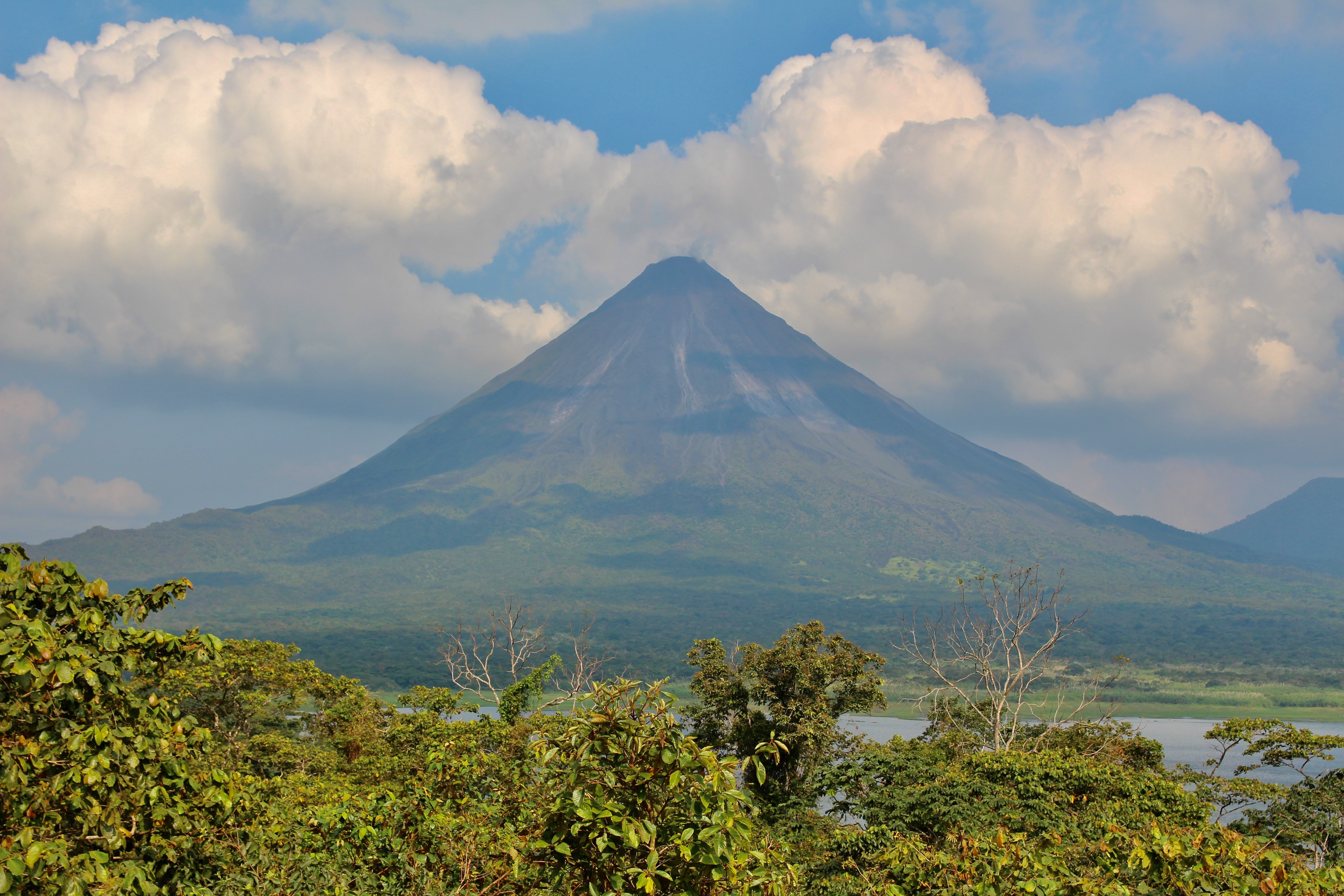
Study: Volcanic Eruptions had Large and Persistent Impacts on Global Hydroclimate over Last Millennium
In a new study, a team of paleoclimate researchers used a proxy product that employs natural climate archives to better understand the global and seasonal hydroclimate impacts of all known large tropical eruptions over the last millennium.
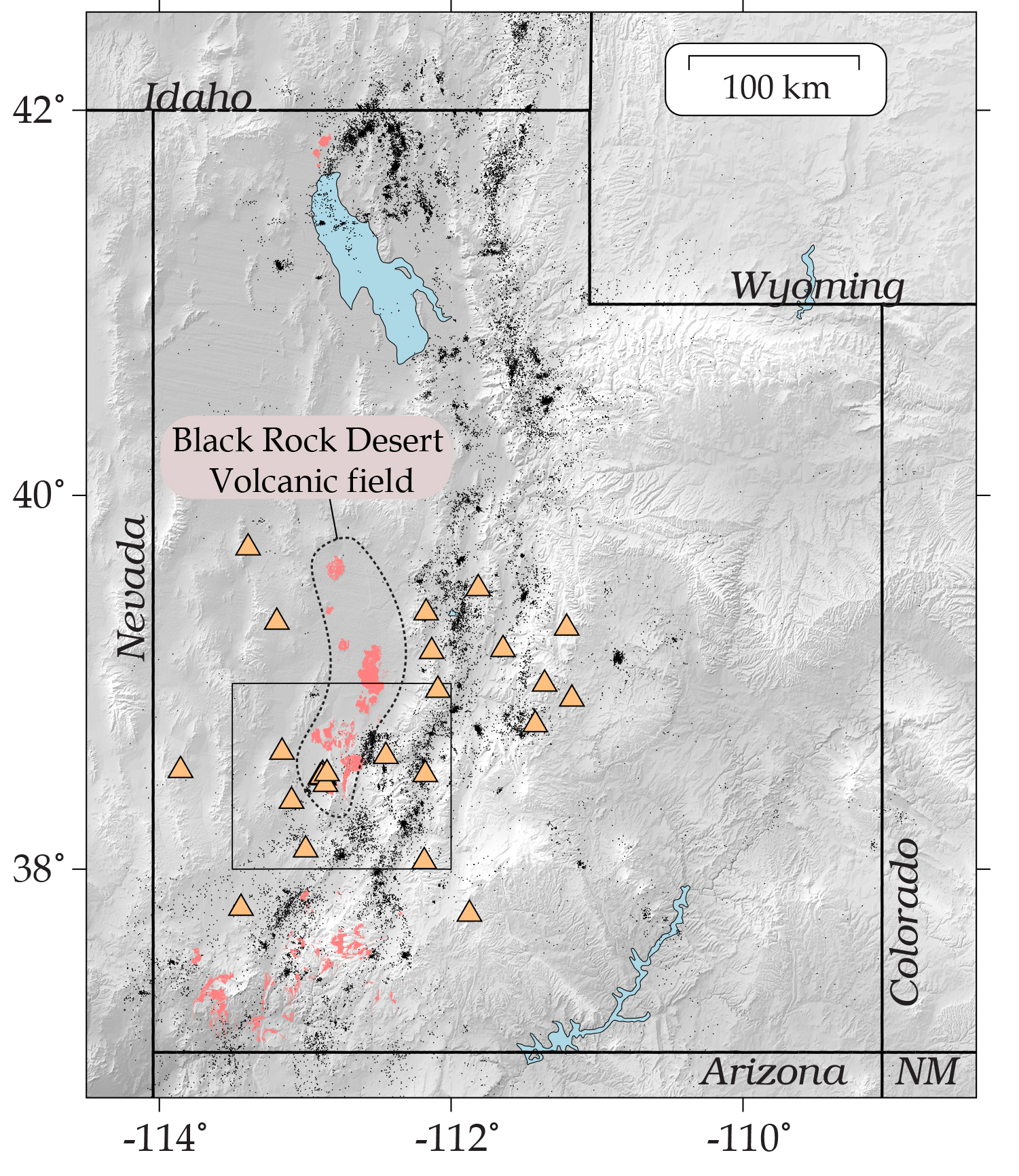
Unusual earthquakes highlight central Utah volcanoes
Earthquakes in the Black Rock Desert are rare and capturing the seismic recordings from these earthquakes provides a glimpse into the volcanic system of the Black Rock Desert that, while not showing any signs of erupting, is still active.
Research finds link between CO2, big volcano eruptions
Volcanologists from the University of Georgia and two Swiss universities found a link between carbon dioxide and the volume of gas trapped in magma, which could help predict the intensity and magnitude of a volcanic eruption.
Wet and wild: There’s lots of water in the world’s most explosive volcano
There isn’t much in Kamchatka, a remote peninsula in northeastern Russia just across the Bering Sea from Alaska, besides an impressive population of brown bears and the most explosive volcano in the world. Kamchatka’s Shiveluch volcano has had more than 40 violent eruptions over the last 10,000 years.
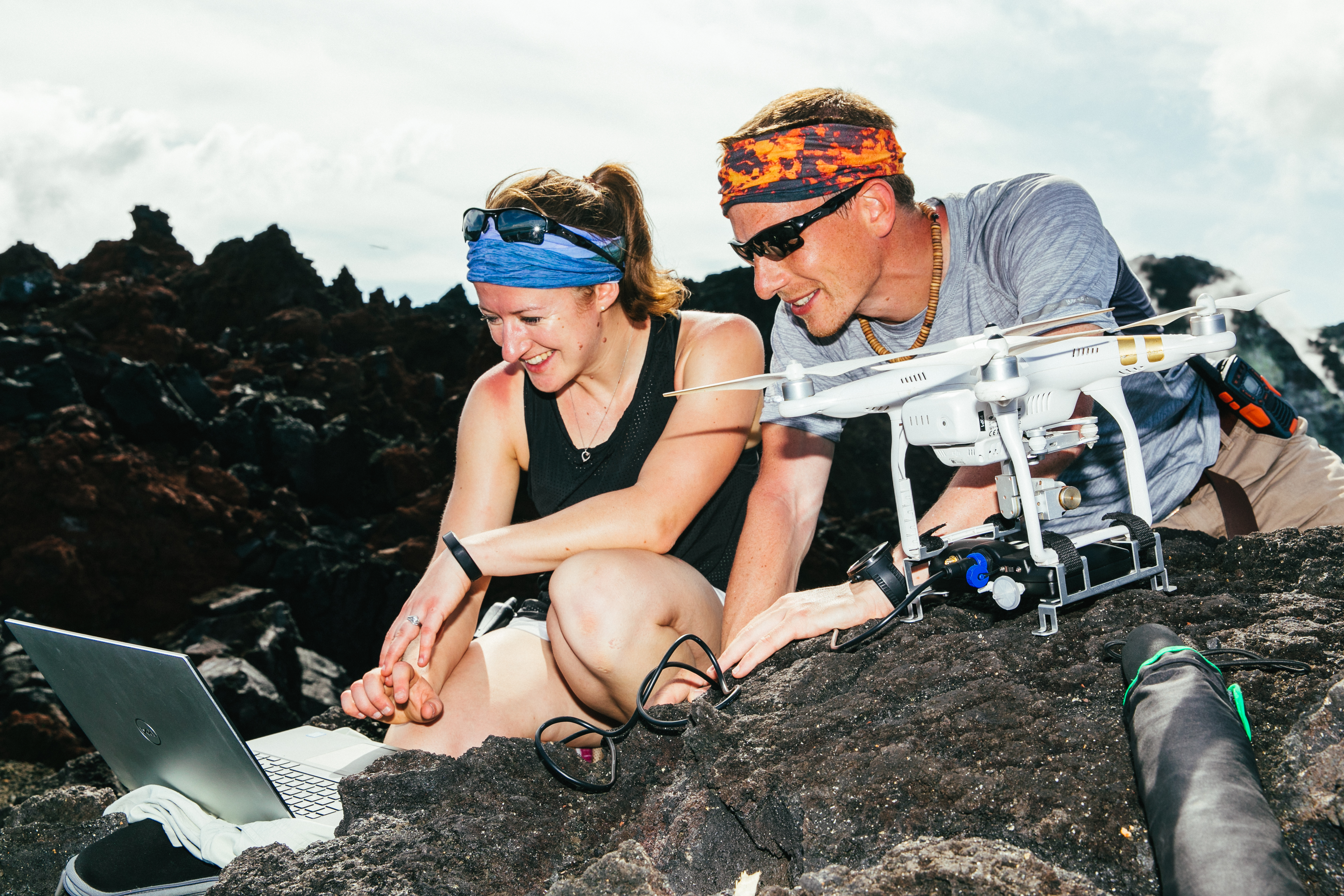
New drone technology improves ability to forecast volcanic eruptions
Specially-adapted drones developed by an international team have been gathering data from never-before-explored volcanoes that will enable local communities to better forecast future eruptions.
The cutting-edge research at Manam volcano in Papua New Guinea is also improving scientists’ understanding of how volcanoes contribute to the global carbon cycle, key to sustaining life on Earth.
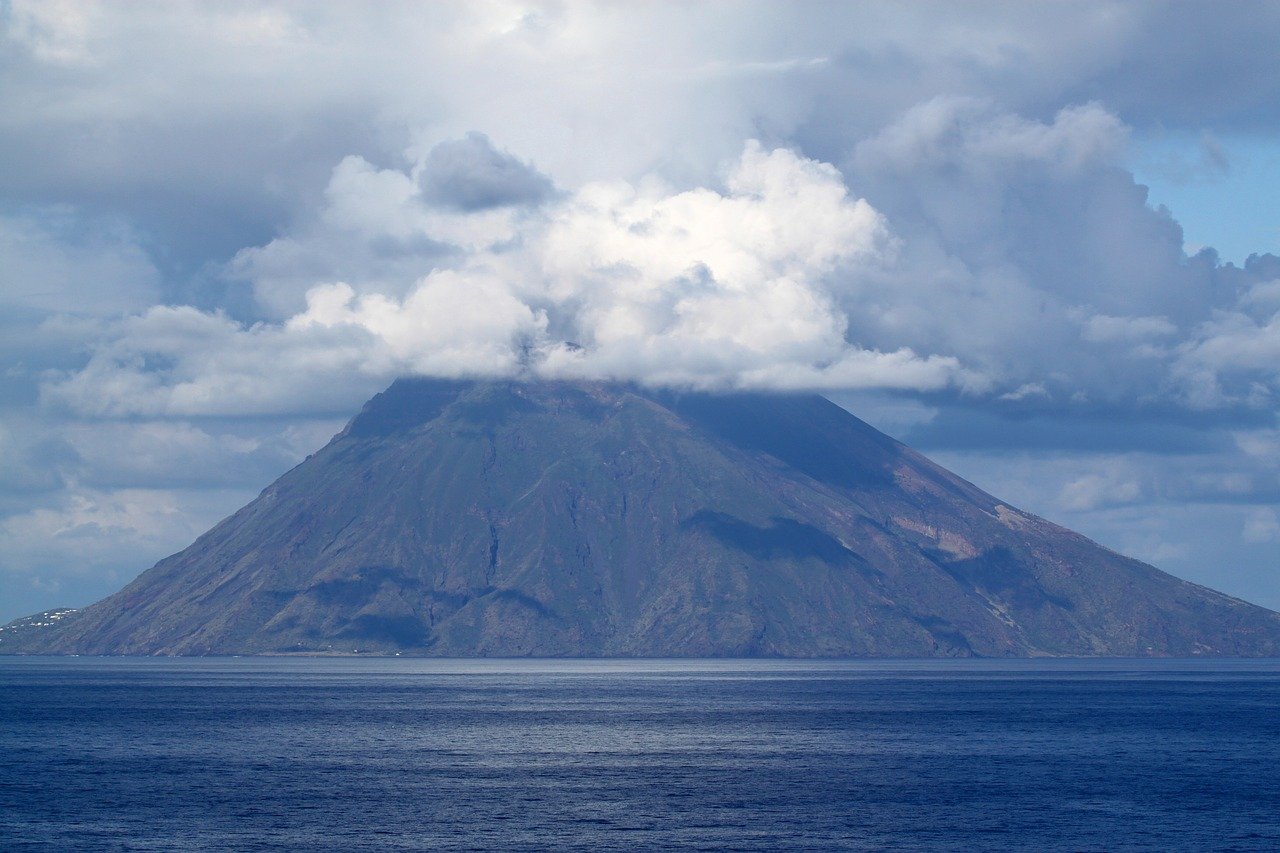
Using a volcano’s eruption ‘memory’ to forecast dangerous follow-on explosions
Stromboli, the ‘lighthouse of the Mediterranean’, is known for its low-energy but persistent explosive eruptions, behaviour that is known scientifically as Strombolian activity. Occasionally, however, more intense and sudden explosions occur, most recently in July and August last year (2019). These are known as ‘Strombolian paroxysms’. During such events several of Stromboli’s craters are active simultaneously and much greater volumes of pyroclastic materials are erupted than is usual for the volcano.
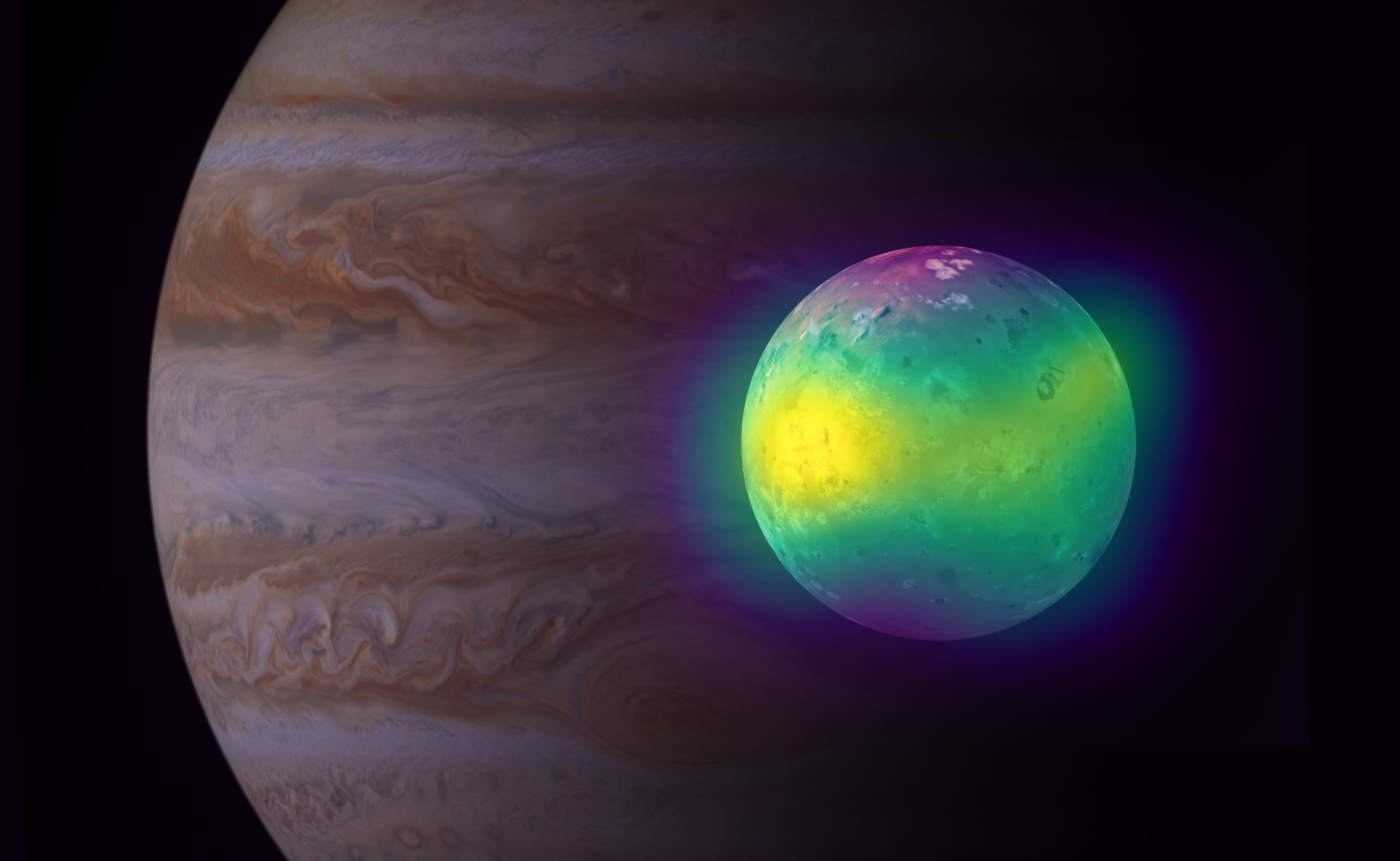
ALMA Shows Volcanic Impact on Io’s Atmosphere
New radio images from the Atacama Large Millimeter/submillimeter Array (ALMA) show for the first time the direct effect of volcanic activity on the atmosphere of Jupiter’s moon Io.
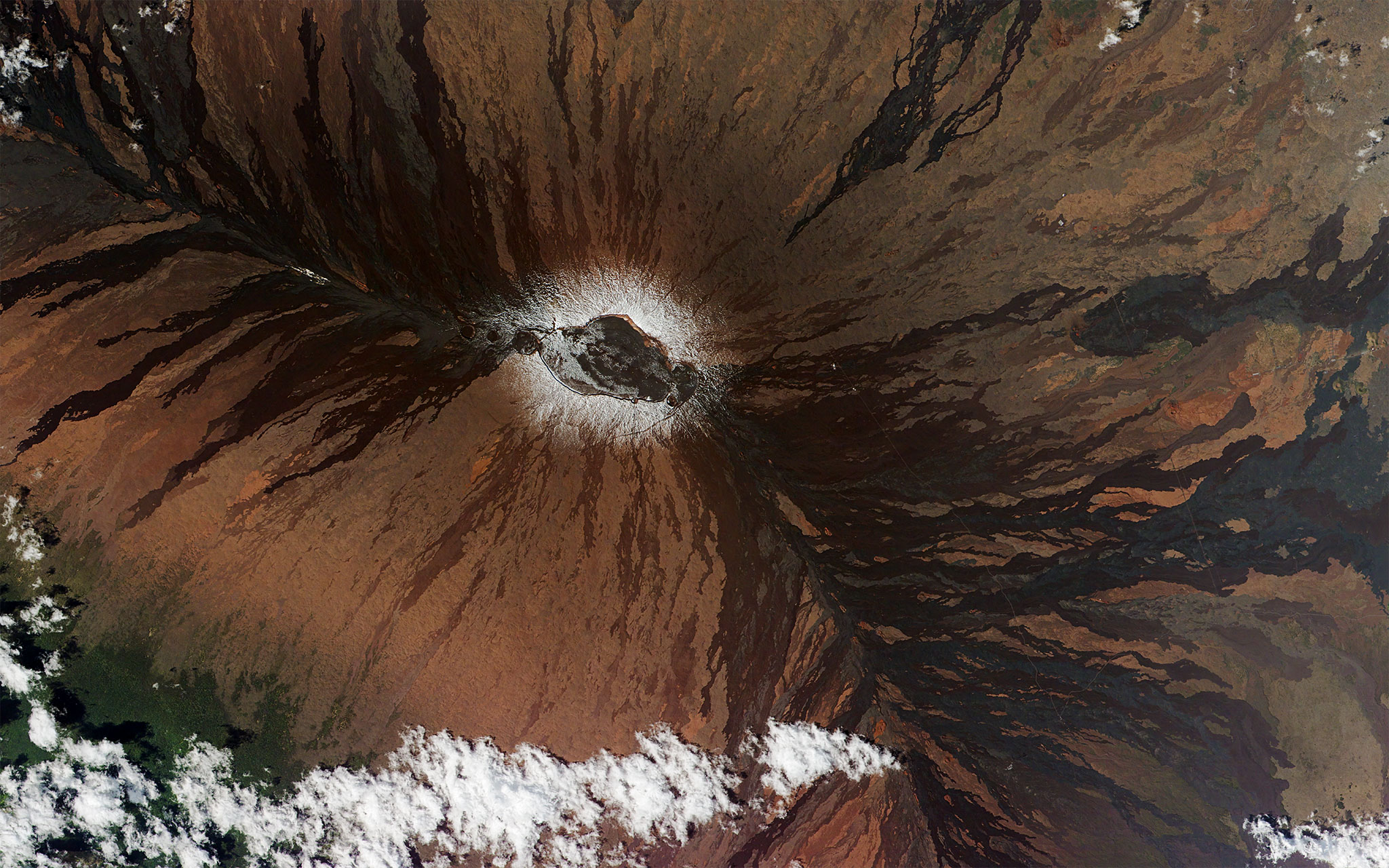
Deep learning artificial intelligence keeps an eye on volcano movements
Penn State researchers have used artificial intelligence (AI) to clear up that noise, drastically facilitating and improving near real-time observation of volcanic movements and the detection of volcanic activity and unrest.
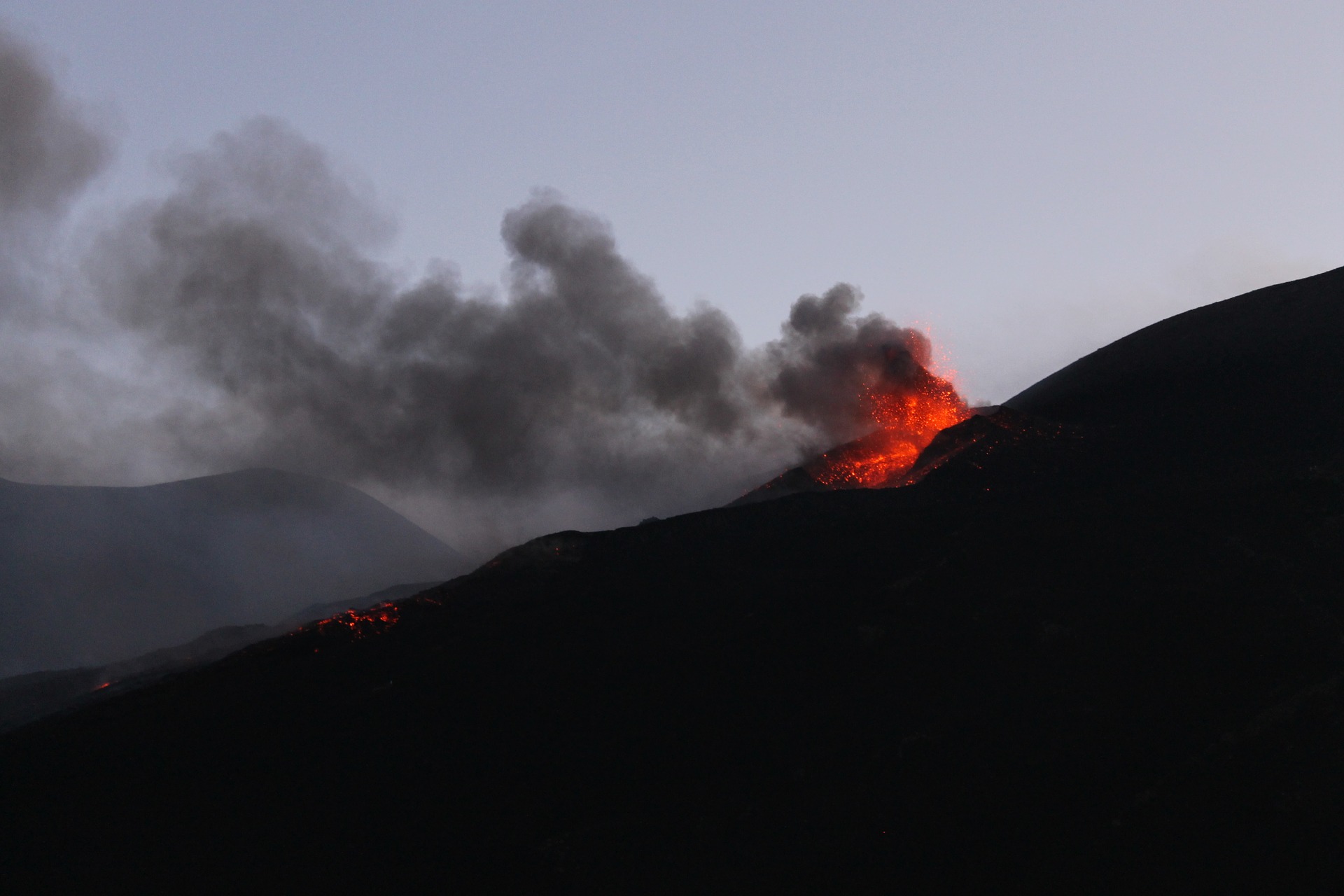
Bristol scientists shine light on tiny crystals behind unexpected violent eruptions
In a new study of volcanic processes, Bristol scientists have demonstrated the role nanolites play in the creation of violent eruptions at otherwise ‘calm’ and predictable volcanoes. The study, published in Science Advances, describes how nano-sized crystals (nanolites), 10,000 times smaller than the width of a human hair, can have a significant impact of the viscosity of erupting magma, resulting in previously unexplained and explosive eruptions.
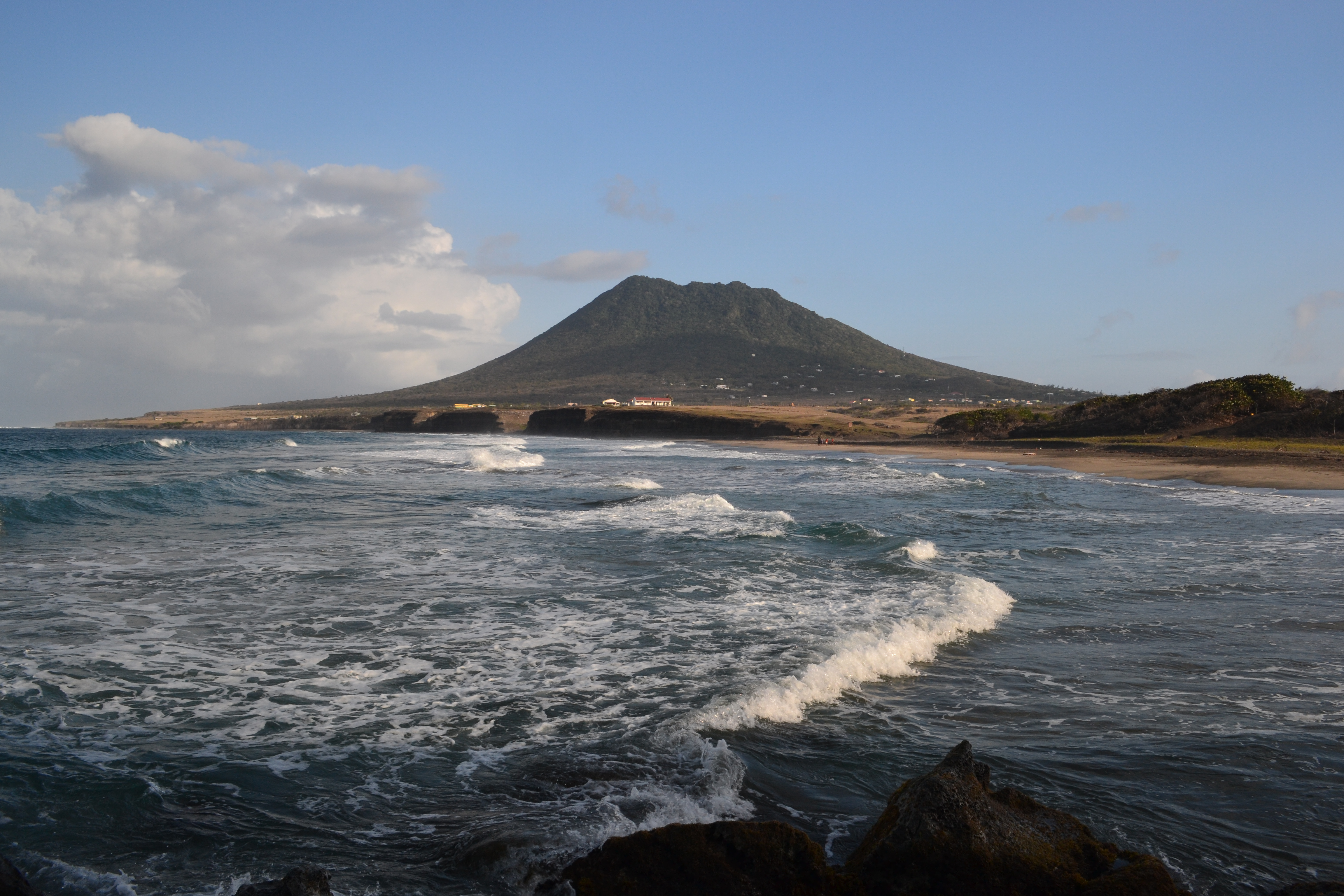
EMBARGOED: New research reveals how water in the deep Earth triggers earthquakes and tsunamis
In a new study, published in the journal Nature, an international team of scientists provide the first conclusive evidence directly linking deep Earth’s water cycle and its expressions with magmatic productivity and earthquake activity.
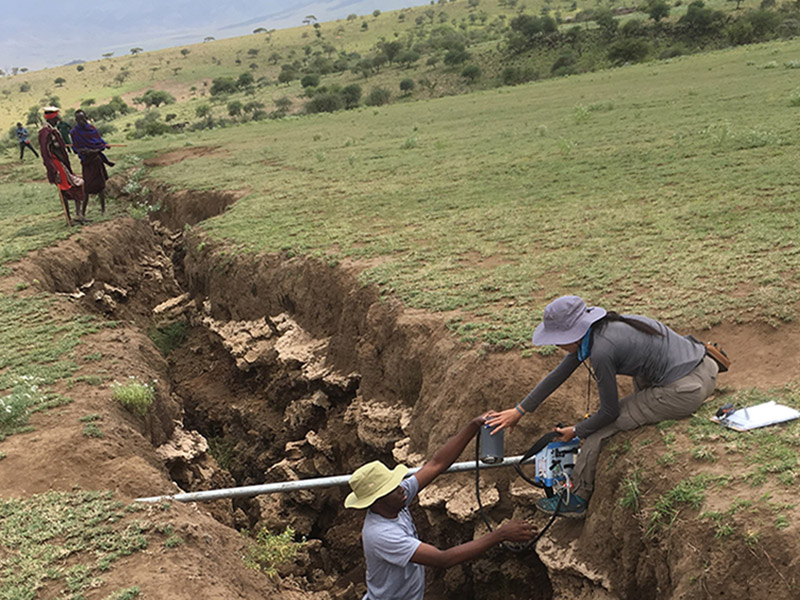
Study shows diamonds aren’t forever
The study, published in Nature, was conducted by a team of international resources, including two from Tulane University.
Spock versus the volcano
Kolumbo volcano—which sits 500 meters below the surface within the fault-heavy Hellenic Volcanic Arc just off Santorini—is the Aegean Sea’s most active and potentially dangerous volcano.
Spock versus the volcano
Kolumbo volcano—which sits 500 meters below the surface within the fault-heavy Hellenic Volcanic Arc just off Santorini—is the Aegean Sea’s most active and potentially dangerous volcano.
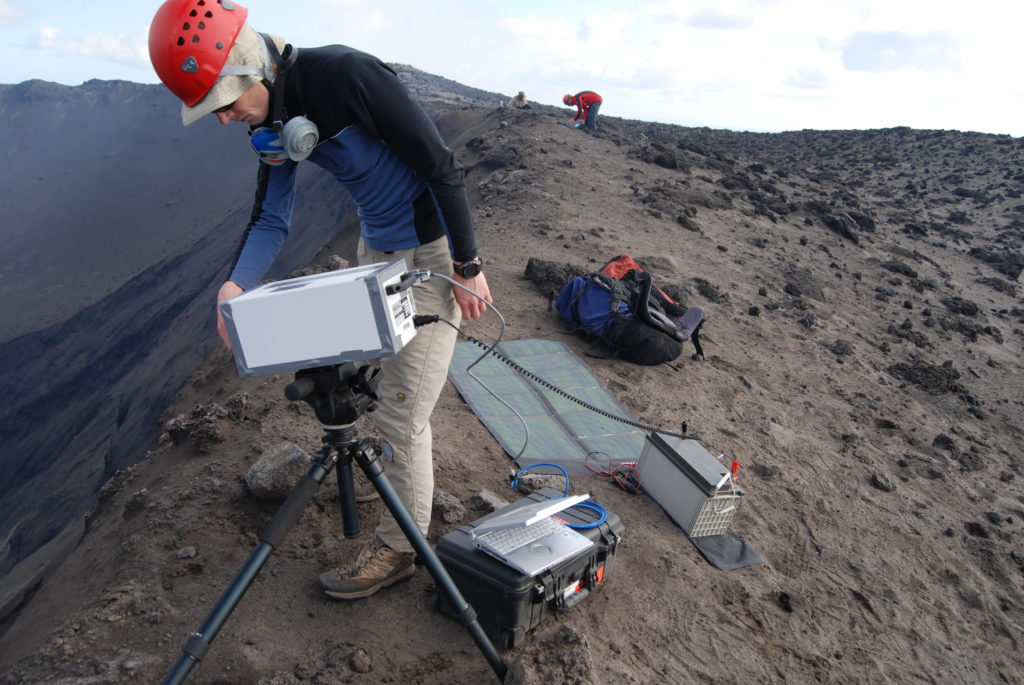
Michigan Tech volcanic gases expert available to comment on New Zealand’s White Island eruption
Simon Carn, professor in Michigan Technological University’s Department of Geological and Mining Engineering and Sciences, focuses on volcanic degassing and volcanic eruption clouds. Carn’s research uses space-borne sensors to detect changes at volcanoes around the world. Carn is able to comment…
Tourism, disaster response in the wake of deadly New Zealand volcano eruption
Tricia Wachtendorf, Director of the Disaster Research Center at the University of Delaware, can talk about hazard warnings, tourism and disaster response in the wake the deadly volcano eruption on White Island in New Zealand. Wachtendorf, who happens to be…